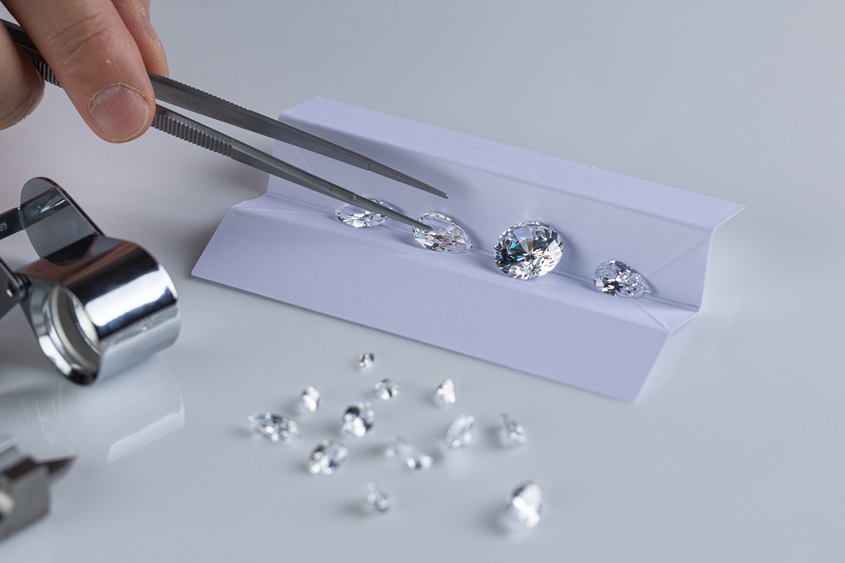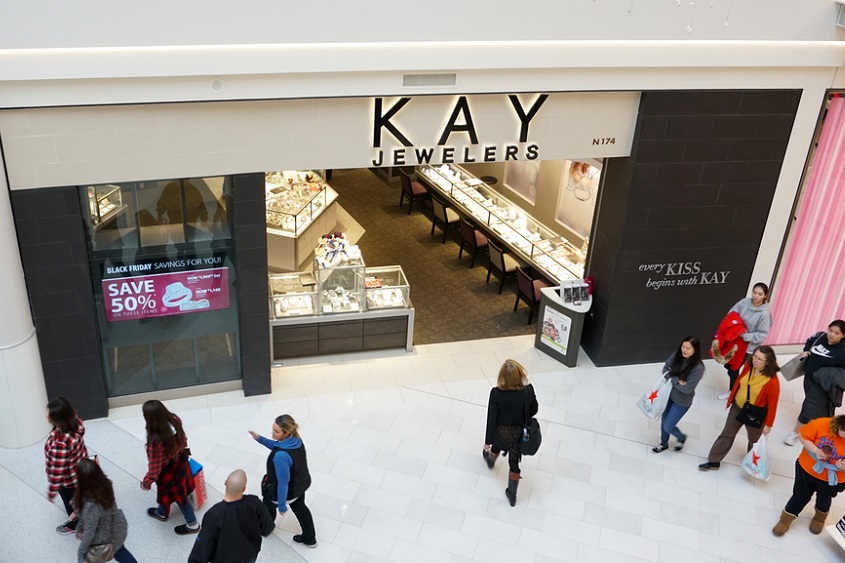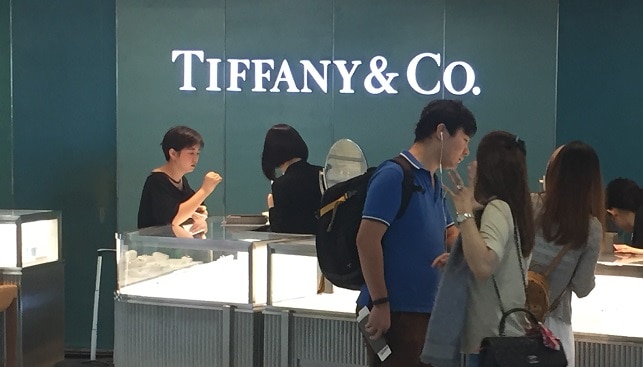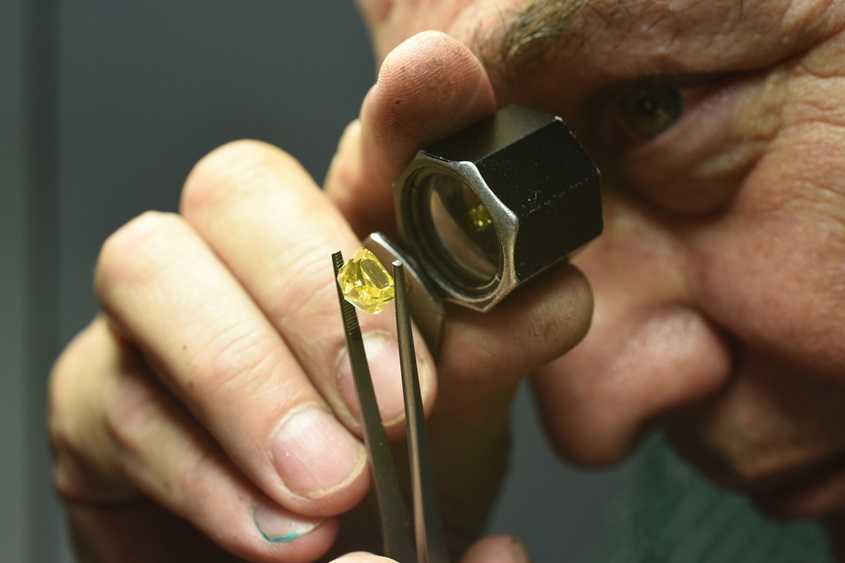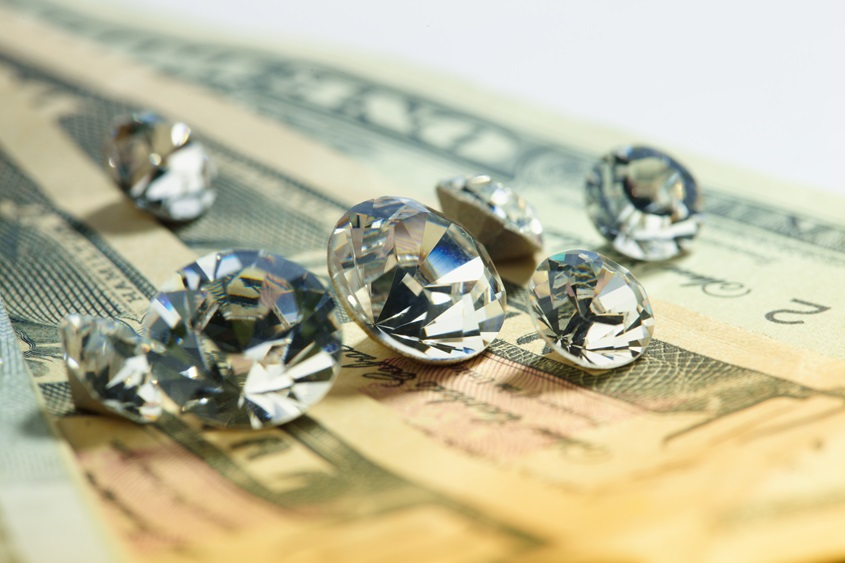Two recent articles written by Ernie Blom, President of the World Federation of Diamond Bourses (WFDB), deal with two of the hottest issues in the diamond industry in recent years: The issue of synthetic diamonds, and the issue of bank credit to diamond industry players.
The Importance of Re-Sale Potential
In the article titled “The Future Place of Synthetic Diamonds in the Diamond Market”, Blom examines the rise of synthetics in the last 12 months, including the game-changing entry of De Beers’ Lightbox jewellery brand set with lab-grown stones. He quotes industry expert Paul Zimnisky, who has forecast that the lab-grown jewellery market will grow 22% annually, and other experts who claim that that “lab-grown diamond sales, as a percentage of all diamond sales, increased eight-fold over the past 18 months”.
Blom then moves on to say that the WFDB recently carried out an in-depth brain-storming session at a strategic meeting of the Executive Committee at the Israel Diamond Exchange (IDE), which examined how the midstream should address this issue.
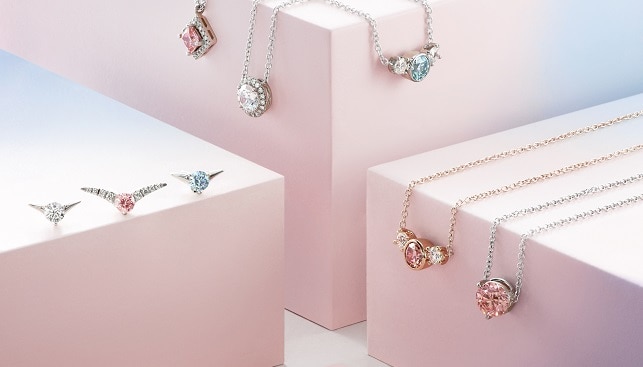
When consumers are faced with the choice – diamonds on the one hand, and the lab-grown alternative on the other – what ultimately matters, says Blom, is the money. The industry, he says, must “unite around a campaign to stress as much as possible the rarity of diamonds and the best way to express the rarity argument is related to the issue of the resale price”. In other words, lab-grown diamonds can be produced in abundance, and their price will never be sustained. Synthetic diamonds, he says, will not hold value. Natural diamonds will.
The World Federation of Diamond Bourses, Blom concludes, is committed to promoting this message, and so should the diamond industry: “This is not a time for complacency, and all should work together to get a unified message spread as widely as possible”.
The Issue of Reduced Bank Credit
In the second article, titled “A new normal in the diamond trade”, Blom tackles the credit issue to the diamond industry. He begins by going over a letter the Amsterdam-based ABN Amro Bank recently sent to several of its diamond clients. In it, the veteran bank states that it intends to limit finance for rough purchases “in view of the continued lack of profitability in the purchase of rough goods […]”. The issue of credit may be worsened if ABN Amro wants to seriously reduce its portfolio further. This, Blom says, could be “a potential disaster” for the Antwerp diamond industry.

In light of the recent development, “all will now depend on how Indian banks will support the global trade”, claims Blom. The credit problems there started last year, following the alleged $2 billion bank fraud of jeweller Nirav Modi and his uncle Mehul Choksi, Chairman of the Gitanjali Group. The latest reports, says Blom, speak of “severely tightened controls for borrowers in the local diamond and jewelry sector” by the government-owned State Bank of India. In addition, most of the banks lending to the industry have begun to reduce their exposure to the sector.
To remedy the situation, Blom says, some things will have to change, among them: More transparency from the diamond sector; the adjustment of rough demand by the midstream according to their own sales volume and prices; and buying only when profit can be made.



